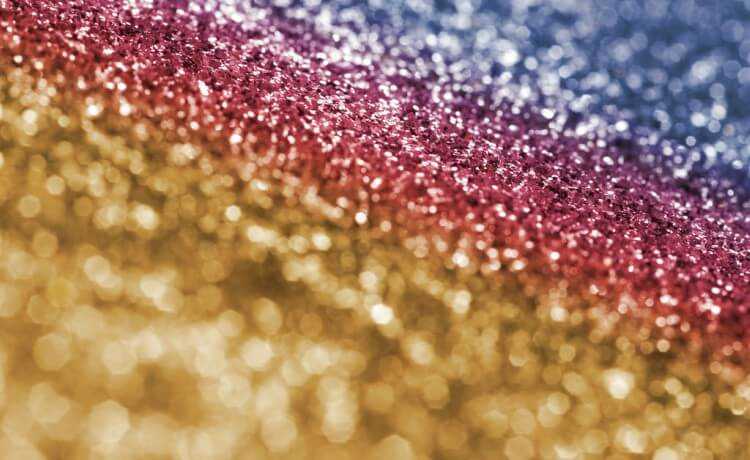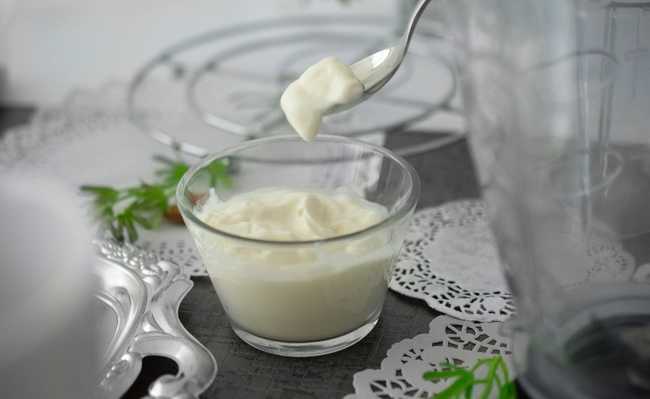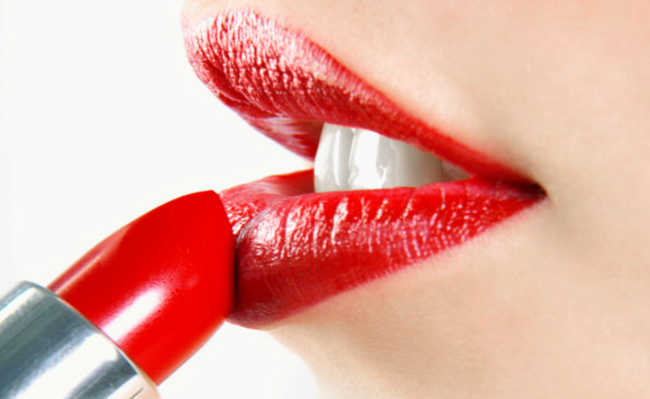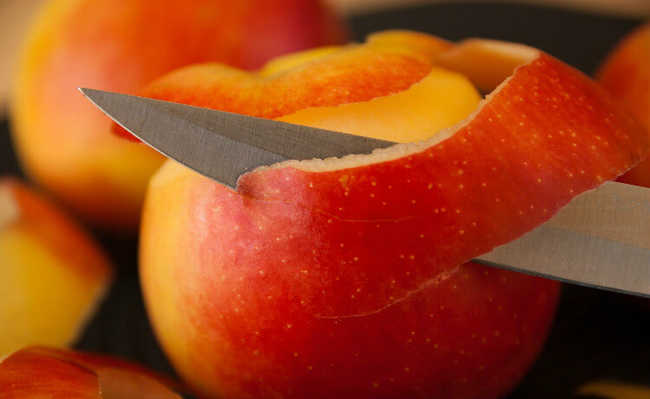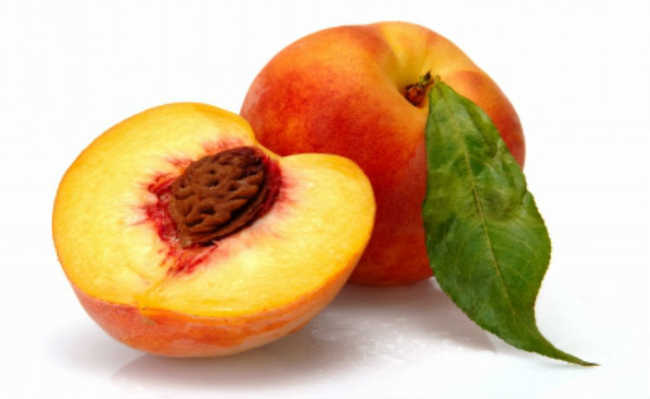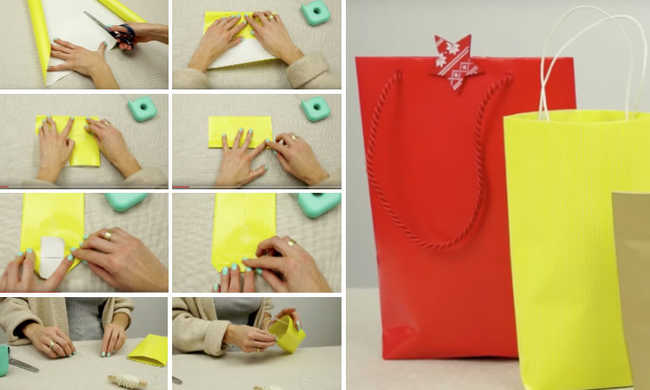Shea Butter: Powerful Natural Moisturizer
Shea butter has fantastic cosmetic properties

Hopkinsuniv, Sheabutter-virginsheabutter, resized and treated by Rodrigo Bruno, CC BY-SA 3.0
The Shea Tree (Butyrospermum parkii), which means butter tree, is unique to the African continent, more precisely to its western region, since it needs the climate present between the sahel and the savannas to develop. The use of its butter has been part of the local economic and social history for centuries. Shea nuts extract one of the most sustainable and valuable vegetable fats in the world, with very high quality, constituting one of the most moisturizing of the entire range of butters. And, of course, shea butter is present in the formulas of several cosmetics sold in Brazil.
Sustainable production of shea butter
For the shea butter cycle, local knowledge is essential. Passed on from generation to generation, production and harvesting techniques are the secret that boosted the active circulation of the product and its economic valorization. For harvesting, the tree needs to reach around 15 years of age, a period in which it begins to bear fruit, which resembles the shape of an avocado, with a sweet pulp and seed covered by a thin bark.
The average production is 15 to 20 kilos of fresh fruit per tree each season, which means four kilos of dry product and two kilos of shea butter. Fruits are only picked after they fall to the ground naturally, as those hanging from the tree are not ripe enough for butter production. The collection is always carried out by women, who each transport up to 40 kilos of the fruit per day, taking them in large baskets to the villages, where the shea butter will be extracted.
While cooperatives come together to promote sustainable harvesting and spread fair trade, some post-production societies seek to continue this process so that cosmetic products are 100% ecological, also applying sustainability standards to components that complement the production using the cold pressing method, which guarantees that all the nutritious qualities of the shea butter will be preserved.
Once washed and dried in the shade, a manual grinding process is carried out with the traditional African pestle, followed by roasting. The next step is immersion in water until the formation of a thick paste, which will be boiled to eliminate impurities and separate the butter from other components, which are deposited at the bottom of the pan. The final product is the floating surface, which is filtered and packaged, ready for one of its destinations: cosmetic, medicinal and even culinary. Shea butter, when ready, has the appearance of a creamy, whitish-colored paste and a characteristic mild nutty odor. Those who don't like its aroma can choose to add essential oils.
There are two types of shea butter: refined and unrefined, the process described above. The best way to use shea butter is in its raw state, that is, unrefined, as in this refining process it is heated to very high temperatures and has its properties changed - thus, its much-desired benefits will not be obtained. . The market provides numerous cosmetics using this raw material as a base, so you must be careful if it really is 100% pure.
Unrefined shea butter can be purchased in solid blocks, and although it is quite hard, it readily melts when it comes in contact with your hair and skin.
Main properties
Shea butter is one of the main nutrition and reconstruction assets used in the formulation of cosmetics and its properties make it very interesting for this purpose. With so many benefits, it is not difficult to understand the national passion for the product and its explosion in the international cosmetic market.Skin

Edited and resized image by Jessica Felicio is available on Unsplash
With a smooth texture, but not having a greasy and excessively shiny effect compared to similar amounts of other natural oils, it is quickly absorbed and protects the skin from external aggressions, such as cold, wind, sun, sea or swimming pool water (chlorine ). Because it is rich in cinnamic acid, a natural phytosterol, shea butter forms a barrier against UVA and UVB rays, forming a natural sunscreen on the skin, being a great ally both in intense summer months and in winter months and with dry weather. When pure, shea butter has a high protection effect comparable to SPF 3 and can be used to enhance the effect of other sunscreens.
Due to the large amount of omega 3 and omega 6 unsaturated fatty acids, which are very important in the body's functioning and in the maintenance of the skin, butter has the property of retaining moisture and improving its elasticity, providing greater hydration. It is also an emollient and can be used as body butter, as it softens and softens the skin, preventing dryness even in the most difficult areas, such as knees and elbows, providing a velvety touch.
It is a powerful cell regenerator as it contains a good amount of vitamins A and E, which work as natural antioxidants with anti-inflammatory properties. Butter soothes inflamed skin so it can be used after shaving with a razor or wax and for men it is also an excellent natural aftershave. In addition, it reduces scars, blemishes and smoothes wrinkles (anti-aging), minimizes acne spots, helps in the treatment of burns, wounds, scars, dermatitis, psoriasis and stretch marks that arise due to the loss of skin elasticity. It generally does not cause allergies, which enables it to be used in areas such as mucous tissue and around the eyes.
How to use on skin?
To hydrate and smooth the skin, place a little shea butter in the palm of your hand, rub it in with your fingers and apply directly to the skin, massaging gently. In case of diet or pregnancy, use daily to prevent the appearance of stretch marks on the belly, breasts and thighs. It can also be used directly as a lip and nail moisturizer so they stay hydrated and stronger.
A tip for those who do not have very dry skin is to add a little shea butter to your body moisturizer. All you have to do is melt it in a bain-marie, never in the microwave, as the temperature rises a lot and, as mentioned earlier, it loses its properties.
To help treat acne, it is advisable to consult a dermatologist before starting a therapy with shea butter, as this inflammatory process often causes the skin to become more sensitive.
Hair

Edited and resized image of Gift Habeshaw is available on Unsplash
For dry, weak or brittle hair, shea butter is an effective and totally natural revitalizer, providing shine, flexibility and softness, in addition to protecting it against solar radiation. The vitamin E present in shea has antioxidant action, removing dead cells and also working as a good emollient. Its humectant property helps in the absorption and retention of moisture, providing great hydration to the hair, as well as the skin. Well known in natural medicine, shea butter contributes to smoothing the scalp for its incredible healing and healing power - it has been used for a long time in the treatment of dandruff and seborrhea. In addition, it has the power to increase circulation, that is, it is a natural stimulant and this makes it help in hair growth.
It is compatible with any type of hair (whether dyed or chemically) and serves as a thermal protector even when using dryers or flat irons. It can also be used in setting hairstyles for men and women.
How to use on hair?
Preparing a hair hydration mask with shea butter at home is extremely easy. Here are some suggestions for use:
capillary wetting
After washing your hair, remove excess water with a towel and apply the shea butter, avoiding the root and scalp. Put on a bathing cap and let it act for 30 minutes. Then, just rinse the strands with plenty of warm water.
Application on dry hair
Put some of the shea butter on your hands and spread well. Rub until it turns to oil. Apply on dry and unwashed strands, especially on the ends and strands/drier parts. There is no specific waiting time, you can leave it as long as you like, it won't harm your hair. Wash as usual afterwards.
natural ointment
Do as in the previous tip, spread between your hands and rub well until turning the shea butter into oil. Then just apply on the strands you want to style. If you are going to use it on the wires as a replacement for silicone, remember to apply very little amount to not make them look heavy.

